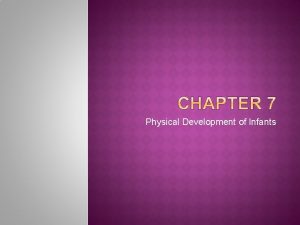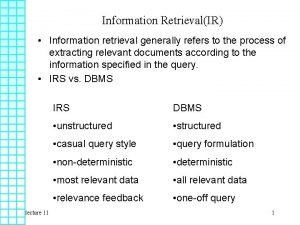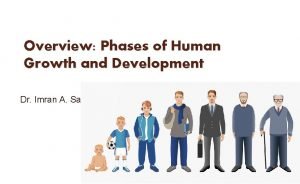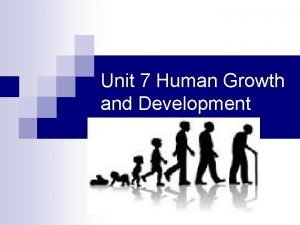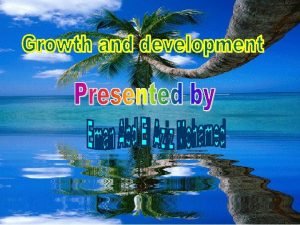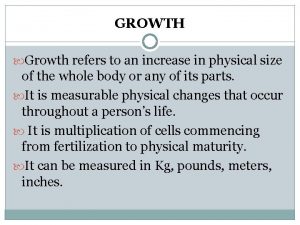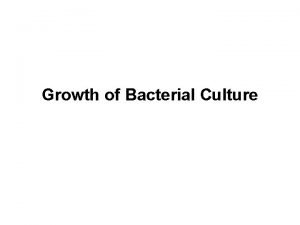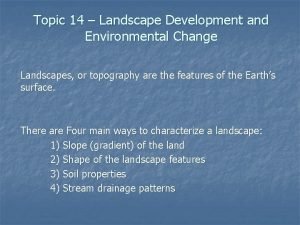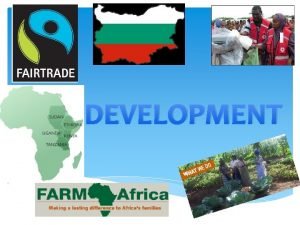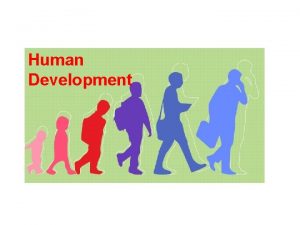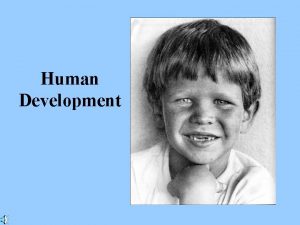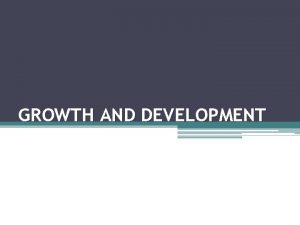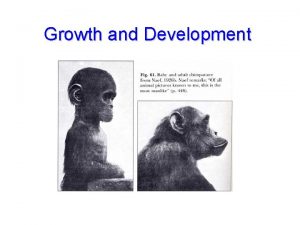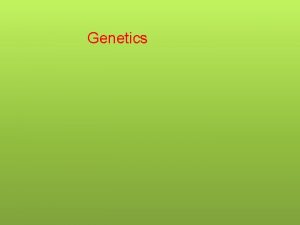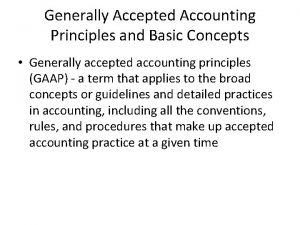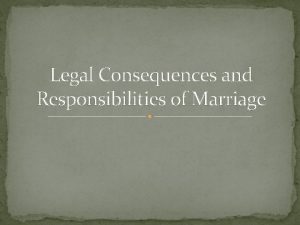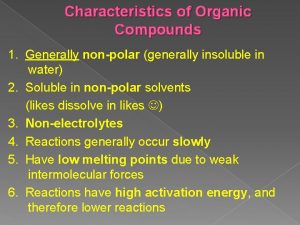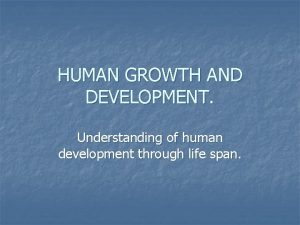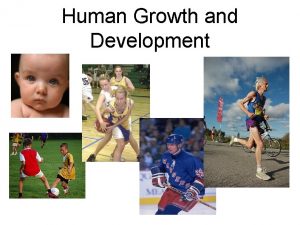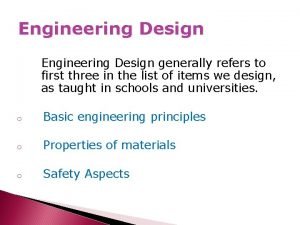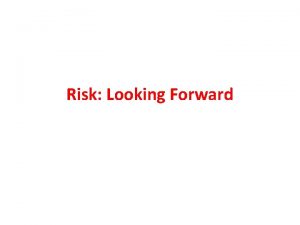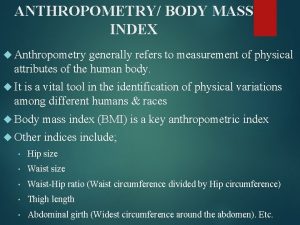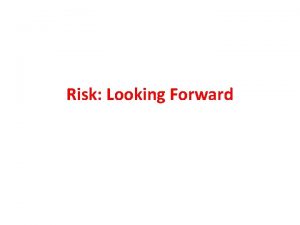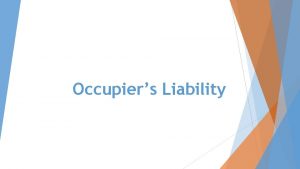Human Development Growth generally refers to changes in




























- Slides: 28

Human Development

Growth: generally refers to changes in size

Development: occurs through maturation of physical & mental capacities & learning

Mental health workers need to be familiar with each developmental stage in order to recognize maladaptive behavior and provide quality healthcare.

Life Stages • Certain stages of growth and development from birth to death! • During these stages individuals experience four main types of growth and development q. Physical : changes in the body q. Mental/cognitive: Intellectual q. Emotional : feelings q. Social: interactions

Infancy birth to 1 year

• language of newborn is the cry • usually eats every 2 to 3 hours • uncoordinated movements • toothless • poor vision (focusing range 8 to 12 inches) • usually doubles weight by 9 months • responds to human voice & touch

Early Childhood 1 -6 years

One-Year Old

• change from plump baby to leaner more muscular toddler • begins to walk & talk • ability for passive language (better understanding of what’s being said) • tentative sense of independence • determined explorer

Two-Year Old

• begins to communicate verbally (name, etc. ) • can usually speak in 3 to 4 word sentences • famous for negative behavior “NO!” to everything! temper tantrums • will play side by side other children, but does not actively play with them • great imitators

Three-Year Old

• wants to be just like parents • vocabulary and pronunciation continue to expand • climbs stairs with alternating feet • can briefly stand on one foot

Four-Year Old

• sentences are more complex; speaks well enough for strangers to understand • imagination is vivid; line between what is real & imaginary is often indistinct • develops fears (common fears: fear of dark, fear of animals, & fear of death)

Five-Year Old

-can hop on one foot & skip -can accurately copy figures -may begin to read -social with other children their age

Late Childhood: Preadolescence 6 -12 year

• both large & small muscles well-developed • developed complex motor skills • from independent activities to same sex group activities • acceptance by peers very important • parental approval still important

Adolescence 12 -18 years • traumatic life stage for child & parent • puberty occurs • extremely concerned with appearance • trying to establish selfidentity • confrontations with authority

Young Adult 19 -40 years

• physical development complete • emotional maturation continues to develop • usually learned to accept responsibility for actions & accept criticism • usually knows how to profit from errors • socially progress from age-related peer groups to people with similar interests

Middle Adulthood 40 -65 years

• physical changes begin to occur: • hair begins to thin & gray • wrinkles appear • hearing & vision decrease • muscles lose tone • main concerns: children, health, job security, aging parents, & fear of aging • love & acceptance still take a major role

Late Adulthood 65 years to Death

• fastest growing age bracket of society • physical deterioration (brittle bones, poor coordination) • some memory problems • coping with retirement & forms of entertainment • very concerned with health & finances • significant number become depressed; suicide rate is high

Individual Differences To Take Into Consideration • Cultural & Subcultural differences – value systems, rites of passage, rituals • Ethnic differences – skin tones, facial features, language • Religious differences • Physical differences – large/small, thin/fat, anomalies, disabilities • Personalities – predisposition to be outgoing, shy, creative, etc.
 It is generally refers to human movement
It is generally refers to human movement An infant's growth refers to changes in
An infant's growth refers to changes in Information retrieval generally refers to
Information retrieval generally refers to Stages of human growth and development pictures
Stages of human growth and development pictures Theories on growth and development
Theories on growth and development Stages of human development
Stages of human development Late childhood mental development
Late childhood mental development Social changes in late adulthood
Social changes in late adulthood Chapter 7 human growth and development
Chapter 7 human growth and development Changes in latitudes, changes in attitudes meaning
Changes in latitudes, changes in attitudes meaning Physicl change
Physicl change Cna chapter 8 human needs and human development
Cna chapter 8 human needs and human development Chapter 8 human needs and human development
Chapter 8 human needs and human development Human development index definition ap human geography
Human development index definition ap human geography It is the process of increasing in physical size
It is the process of increasing in physical size Growth refers to
Growth refers to Durganand sinha ecological model diagram
Durganand sinha ecological model diagram Synchronous culture
Synchronous culture Growth is defined as an increase in
Growth is defined as an increase in Pith
Pith Carothers equation
Carothers equation Primary growth and secondary growth in plants
Primary growth and secondary growth in plants Chapter 35 plant structure growth and development
Chapter 35 plant structure growth and development Geometric growth graph
Geometric growth graph Neoclassical growth theory vs. endogenous growth theory
Neoclassical growth theory vs. endogenous growth theory Organic growth vs inorganic growth
Organic growth vs inorganic growth Landscape development and environmental changes
Landscape development and environmental changes Development refers to
Development refers to Human growth hormone effect
Human growth hormone effect

